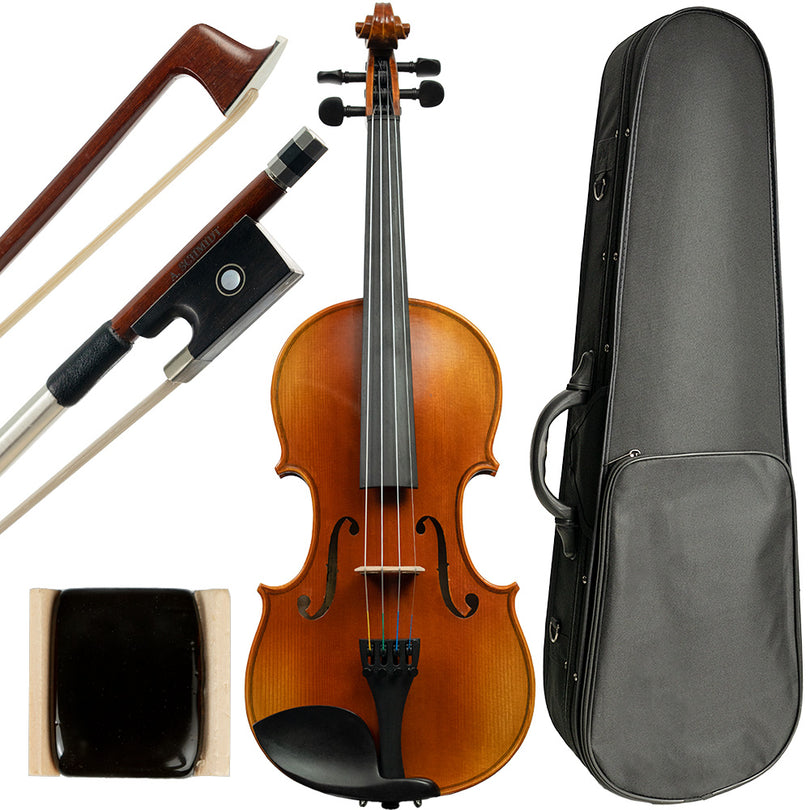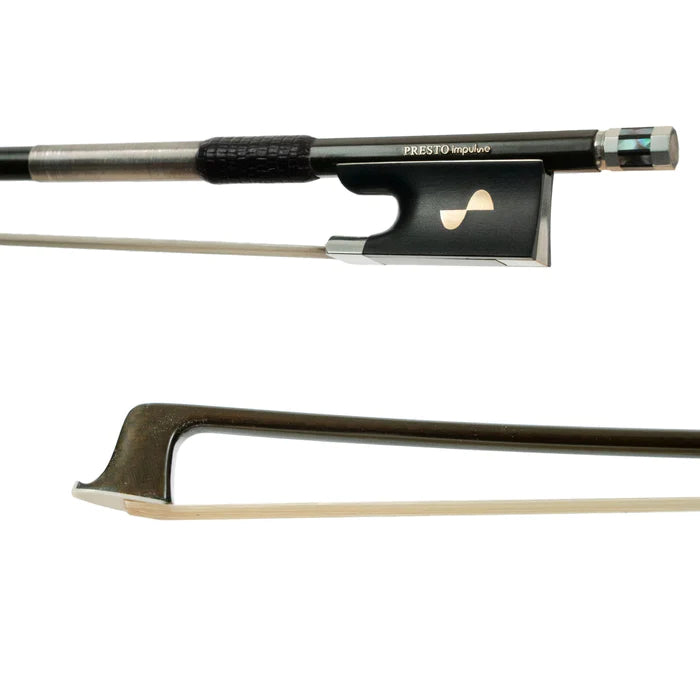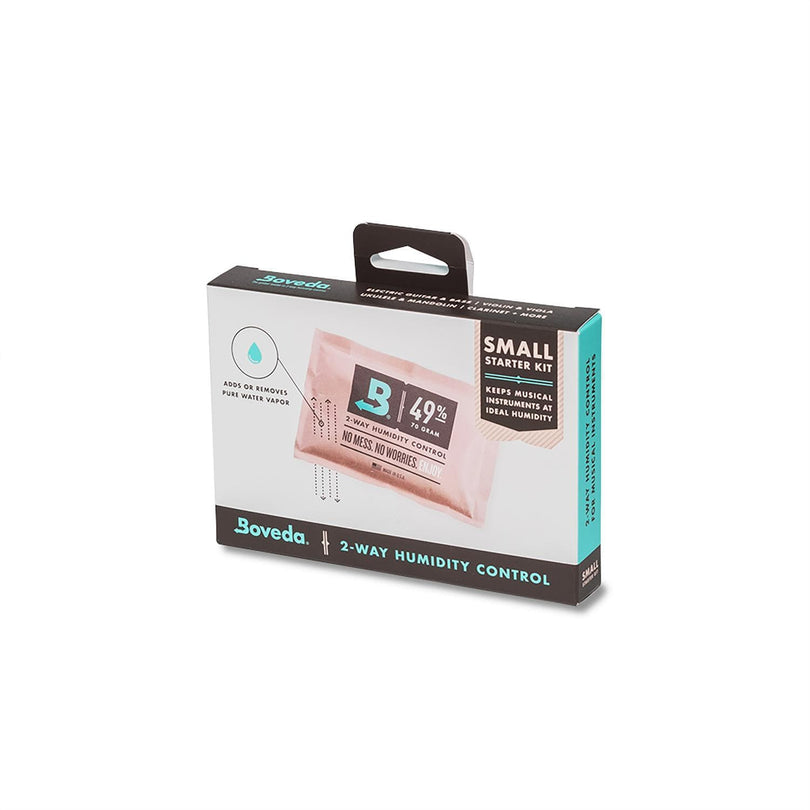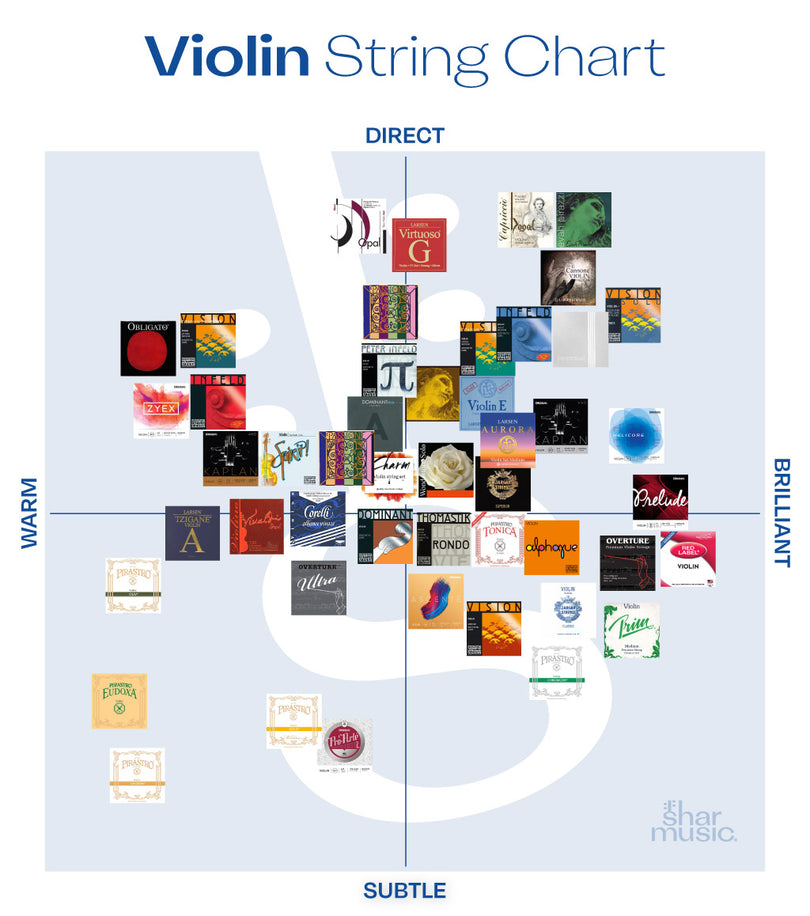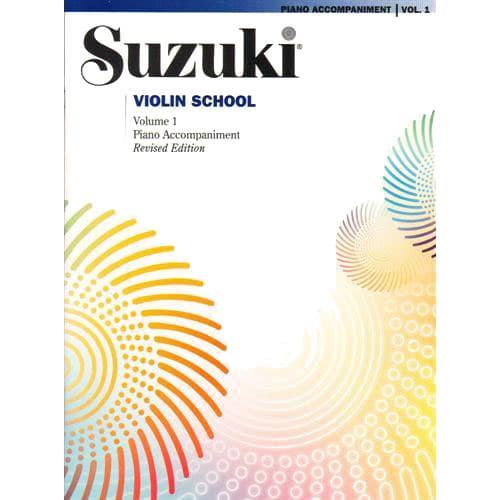When something sounds off with your instrument - whether it's a subtle buzz or a sudden drop in resonance - it might not be your playing. One of the most common (and easily fixable) issues faced by violinists, violists, cellists, and bassists is an open seam. While it may sound serious, an open seam is a natural result of environmental changes and regular use. The good news? With a little knowledge and the right care, you can catch it early and keep your instrument sounding its best. Here's what every string player should know.
What Is an Open Seam?

An open seam is a separation between two glued pieces of wood on a bowed string instrument. It most commonly occurs along the top or back plates where they meet the ribs. These gaps can lead to tonal issues, buzzing sounds, and structural concerns if left untreated.
Why Do Open Seams Happen?
Wood is sensitive to changes in humidity and temperature. In dry environments - especially during winter months or in climate-controlled buildings - the wood can shrink, which may cause the glue joints to fail. Rapid or extreme fluctuations in humidity are the most common culprits.
How to Identify an Open Seam

To detect an open seam:
- Gently tap around the perimeter of your instrument using your knuckle.
- Listen for hollow or buzzing sounds that are inconsistent with the rest of the instrument.
- Lightly press the edges to check for any movement or separation between the plates and ribs.
Even small openings can impact your instrument's sound and stability, so it's worth checking periodically - especially when seasons change.
Why You Should Never Attempt to Repair It Yourself
While it may be tempting to fix an open seam at home, doing so can cause more harm than good. Luthiers use special hide glue that is reversible and acoustically appropriate. Household glues - like wood glue or superglue - can damage the instrument, permanently alter its acoustic properties, and make professional repair difficult or even impossible.
What to Do If You Find an Open Seam
Bring your instrument to a professional luthier or trusted repair shop like Shar Music for evaluation. Most open seam repairs are simple and relatively low-cost if addressed early. Avoid playing the instrument until it has been repaired, as vibrations and tension may worsen the separation.
How to Prevent Open Seams
- Maintain Stable Humidity: Store your instrument in an environment with relative humidity between 40% and 60%.
- Use a Case Humidifier: Tools like in-case humidifiers help regulate moisture levels inside your case year-round.
- Avoid Environmental Extremes: Never leave your instrument in a hot car, near radiators, or in direct sunlight.
- Monitor Conditions: Keep a hygrometer in your case to regularly check humidity levels.
Preventive care is the best way to avoid open seams and other climate-related damage.
Final Thought
Noticing a buzz or tonal change in your instrument? It could be an open seam. Early detection and professional repair can make all the difference in preserving your instrument's tone, playability, and value. If you're unsure, visit Shar Music for a thorough evaluation - we're here to help you and your instrument thrive.




